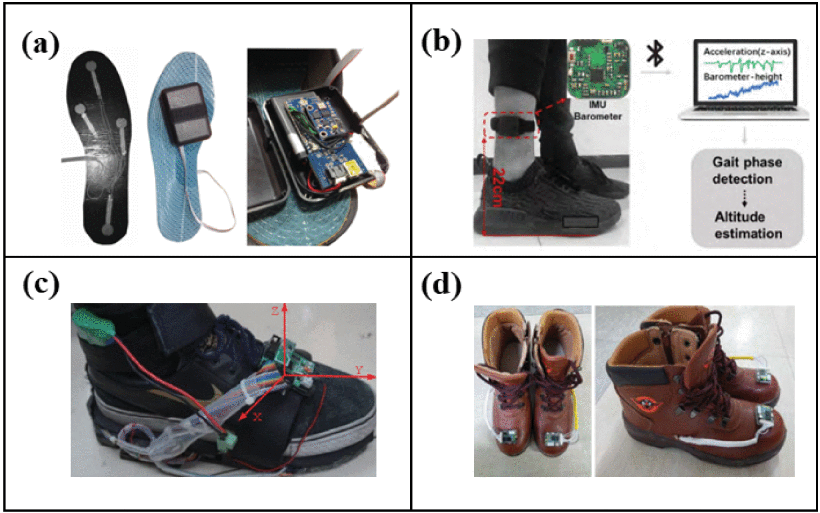Wearable Gait Recognition Systems Based on MEMS Pressure and Inertial Sensors
Walking patterns when limbs move in coordination studied in humans while in motion are referred to as gait. Abnormal gait indicates natural aging, cardiovascular, cerebrovascular, and neurodegenerative diseases. Gait pattern recognition is instrumental in monitoring the health of the elderly. Research on gait recognition systems hence plays a vital role in society.
Gait recognition systems are functional due to floor-sensor-based, wearable sensor-based, and machine vision-based systems. As the name suggests, to determine a gait, floor-sensor-based (FS-based) systems detect foot pressure, and wearable sensor-based (WS-based )systems make use of different wearable sensors such as on wrists, ankles, and thighs. The WS-based systems are more convenient and user-friendly and hence researched more.
Gait recognition systems are popular for using MEMS pressure sensors and inertial sensors. Pressure sensors are used to calculate accurate pressure magnitude and distribution, whereas inertial sensors gather information based on the accelerated motion of the target. But gait data acquisition is influenced by various factors. The position and direction of sensors, such as on thighs and ankles, produce different results. Physiological and environmental factors such as aging, mental state, long term habits cause variation in the gait data.
It becomes necessary to pre-process the data because it contains noise from body vibrations and electromagnetic interference. Data pre-processing is facilitated by data filtering and dimension reduction methods. Filtering removes abnormal data to maintain the integrity of the data set. In the dimension reduction method, the complexity of the space is reduced by removing unwanted dimensions of the data.
Data is then segmented logically to derive more information from the data set. The walking process is a cyclic activity. A gait cycle defined by the time between two touchdowns of the same heel is detected. Gait cycles are broadly divided into two phases: stance (when the foot is on the ground) and swing (when the foot is in the air). Other phases are also detected by typical events such as heel strike, foot flat, heel off, and toe-off. Finally, a gait is recognized from phase data with the help of this classification and segmentation. Various machine learning algorithms, including Convolutional Neural Networks (CNN), random forest (RF), logistic regression (LR), Support Vector Machines (SVM), and K-Nearest Neighbor (KNN), are used to identify gait based on foot plantar pressure, inertial data, or a combination of both.
Gait is a continuous biological feature covering time and frequency domains. Gait measuring modes such as plantar pressure, acceleration, and angular velocity is directly related to the diseases, posture, location, and identity of the user. Hence, gait recognition has applications in disease prevention and treatment, rehabilitation, gesture recognition, user identification, indoor positioning, and robotics. Single-sensor gait recognition systems are a huge success. Still, there are certain limitations, such as cost and comfort in multi-sensor gait recognition systems, which are a scope of future research.




